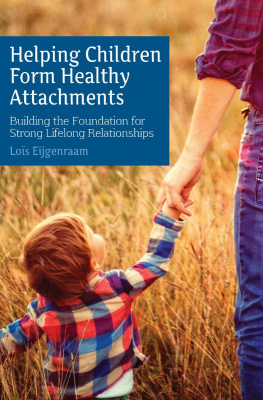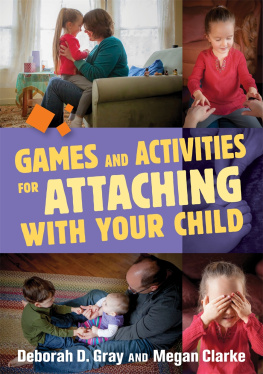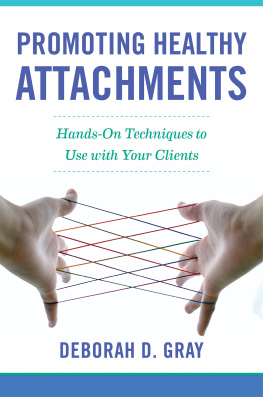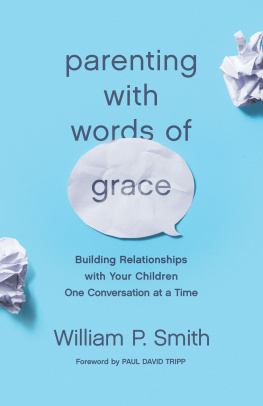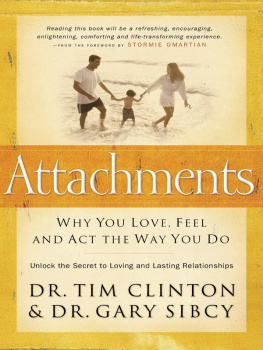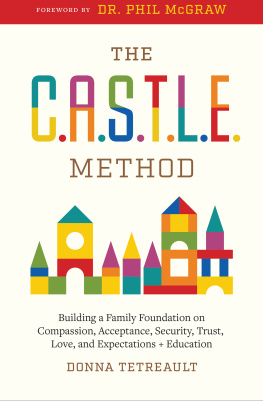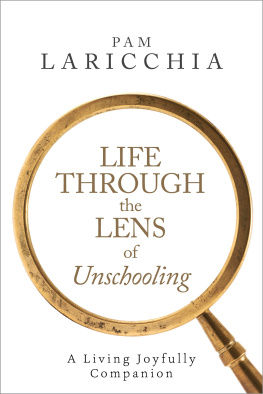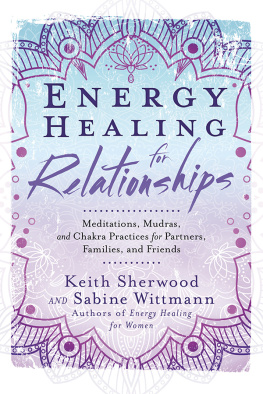We are all meant to shine, as children do. We were born to make manifest the glory of God that is within us. It is not just in some of us; it is in everyone.
Marianne Williamson, A Return to Love
The term healthy attachment refers to the bonds children form within themselves and with the world around them. Being healthily attached involves feeling safe, at ease, being able to trust others, having self-confidence and the confidence to explore. Bonding with ourselves is the foundation for building relationships with parents, carers, friends, even with plants and animals in short, with the entire world.
This book is about the process of becoming healthily attached, giving insight into how healthy attachment develops, the conditions required for successful bonding and how parents, carers and educators can help. A number of influences in my life inspired me to explore the process of healthy attachment in young children.
When I became a mother in 1989, I started to look into the process of bonding as part of my broader aim of learning how to live in harmony with my children. This goal then extended to living harmoniously with all the other people in my life, as well as with the earth, animals even the sun, moon and stars, which form part of this harmony, as does our culture with its festivals and traditions. I started to make conscious choices about how our family could live more harmoniously within our world: this meant choices about the furnishings in our home, about toys that the children received or didnt receive, about nutrition and mealtimes, about how to spend free time and holidays, about childrens clothes, about illness, medications and cosmetics; it seemed that everything was intertwined.
During my years as a kindergarten teacher in a Steiner-Waldorf school and a tutor at the Academy for Parents, I found that many parents had concerns and questions about raising their children. For example, they might ask how to provide security and structure in childrens upbringing; how to deal with parental differences of opinion; how to set boundaries for children and how many boundaries are required; how to be consistent in parenting, which is not always easy. Another common theme was balancing work with raising young children: If my child goes to day care does that make me a lesser parent than someone who is at home full-time? Feelings of guilt such as this often go hand in hand with parents high expectations or ideals. But such thoughts can be paralysing and may prevent us from finding a helpful solution to the problem. Being open and honest about such feelings within ourselves and with others can help us to explore and address such issues.
I also had the privilege to meet families whose nurturing approach to the attachment process showed a great deal of love and warmth. These parents often a mother and father, but also single parents or same-sex parents understood and utilised the building blocks needed to create a life-long foundation for their children.
They were educators who took responsibility for their own biography, meaning that they were aware of patterns brought with them from their own childhood, and they were conscious that these patterns could sometimes get in the way. For example, during one of my courses a father explained that his own father was very quick-tempered. As a child, if he did something that annoyed him, he would yell or slam his fist on the table. His father could never speak calmly about what made him angry. During the course this father said that he, as a parent, also found it difficult to suppress anger. At the same time, he found himself being too lenient towards his child, thus doing the opposite of his fathers example. By working with a biographer and psychologist, he was able to deal with these childhood issues and break the pattern. He took responsibility for his own biography and consciously tried to raise his own children differently. Struggling to find parenting answers in our own upbringings was a common theme: our lifestyle has changed so much that those examples often dont seem relevant to todays society (see ).
Another observation I made during courses with Steiner-Waldorf parents was how well many of them tune in to the needs of their children. They are always there for their children, even amid the flurry of their hectic lives. They are fully present during everything they do with their children at a given moment; taking a walk as a family means actually walking and talking, not also checking email or social media on their phone along the way. They are aware of what is age-appropriate for their children and can support and empathise on a suitable level. If we look closely at children and what makes and keeps them healthy, we will find the answers to our parenting questions in children themselves. Through careful observation we can develop a sensitive internal instrument tuned to the needs of a specific child.
These parents set boundaries that are fitting to the age and capabilities of their children. And they explain rules clearly: when we eat, there are no books or toys on the table; we always try a small bite of something that we dont know or dont like.
Through my work in Steiner-Waldorf schools, I learned about the senses and how they work together to enable health, growth, movement, and our human need to play and explore. When we speak about the senses, we often mean the five senses: of sight, touch, hearing, smell and taste. But Rudolf Steiner, the Austrian philosopher who developed the theory behind Steiner-Waldorf education, described twelve senses: touch, life, movement, balance, smell, taste, sight, warmth, hearing, speech, thought and self (or other). Broadening our understanding of the senses in this way gives us much deeper insight into human experiences. In this book we will look closely at the senses of touch, life, movement and balance.
I have also met families who were affected by domestic violence, addiction, neglect, or emotional or sexual abuse. A few times children in my class were labelled COPMI (Child of Parent with a Mental Illness) by social workers. In these less stable family situations, social workers and all those involved had to continually assess how to best care for these children, and whether they should continue living at home or whether they would have a healthier childhood if placed in a temporary foster home. According to my own experience, these children appeal to their surroundings to provide the building blocks needed for attachment (described fully in Part 2). It is vitally important that these children have people around them who are willing to show them love, to be there for them, and to create a home that is stable and healthy.
I am an advocate of education through hope, no matter how hard the circumstances are. Everyone should encounter love through one human being who continues to believe in them and in their power to fulfil their destiny in this world. This may be a neighbour, a teacher, the school janitor or someone they just happen to meet. One person can make all the difference in another persons biography.
If you treat an individual as he is, he will remain how he is. But if you treat him as if he were what he ought to be and could be, he will become what he ought to be and could be.
Goethe
I wrote this book to help parents, caregivers and educators develop healthy relationships with children, enabling those in their care to build strong foundations for life ahead. Tuning in closely to the needs of our children and supporting them effectively will, in turn, help us to live harmoniously with other family members and with those around us.
To quote a key statement from the charity Unicef: A world fit for children, is a world fit for everyone. (Unicef, Millennium Development Goals)

